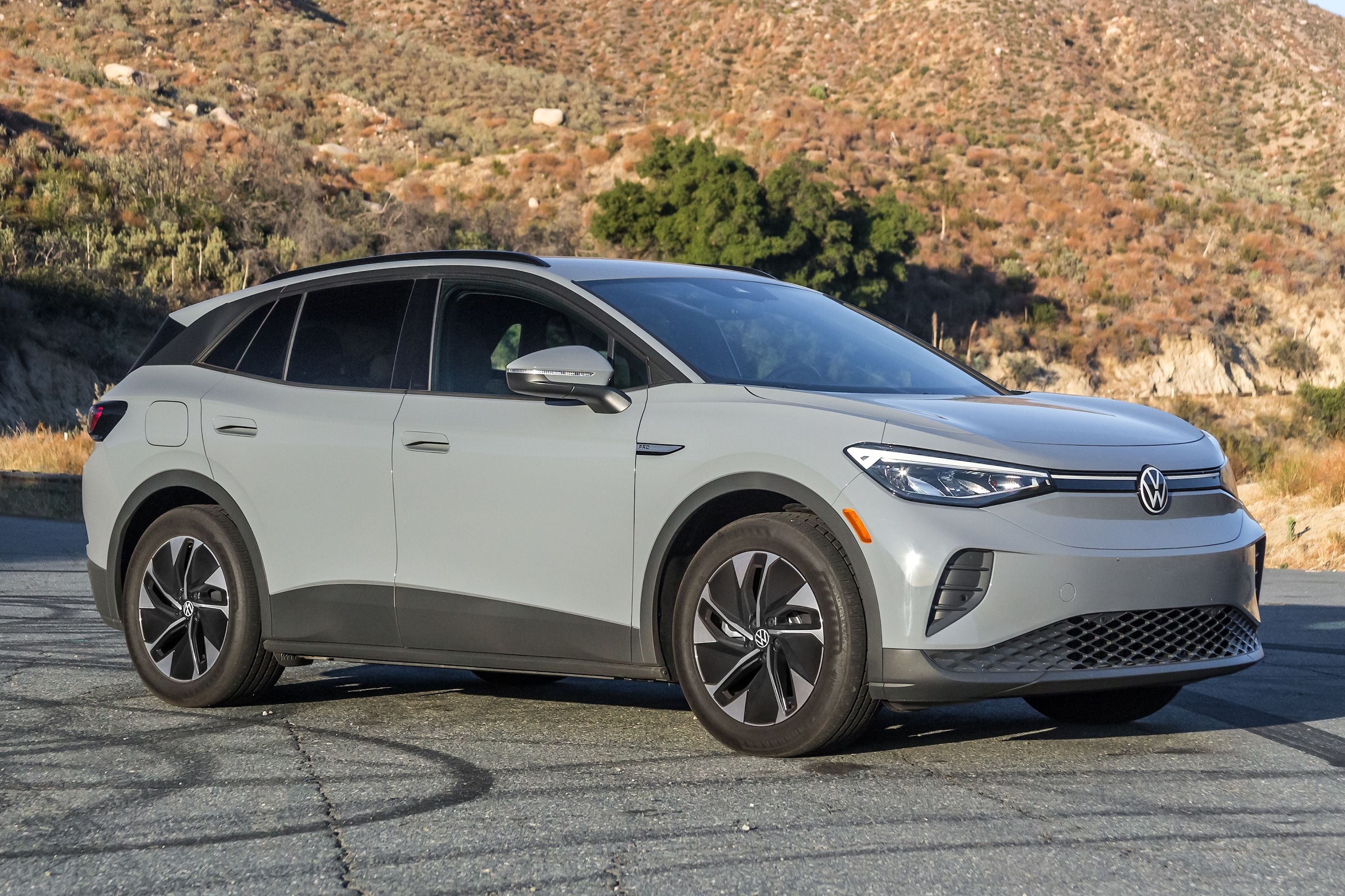
It's no secret that the Biden administration will do whatever it takes to accelerate the rapid and widespread adoption of electric vehicles across America. Not only has a goal been put in place for 50 percent of all vehicle sales to be EVs by 2030, but Biden also plans to replace 600,000 federal vehicles with EVs by the middle of next decade.
With more affordable EVs hitting the market like the keenly-priced Hyundai Ioniq 5 and Volkswagen ID.4, reaching these lofty goals is less about the availability of electric cars and more about the necessary charging infrastructure to support them. Well, the Biden-Harris administration has just revealed the details of its EV Charging Action Plan to address exactly this.
The plan was shared via the White House and emphasizes a focus on growing the public charging network in areas that are defined as rural, difficult to access, or disadvantaged.
The Department of Energy (DOE) and Department of Transportation (DOT) will be tasked with establishing a Joint Office of Energy and Transportation to deploy the expanded EV infrastructure.
"The Bipartisan Infrastructure Law makes the most transformative investment in electric vehicle charging in US history that will put us on the path to a convenient and equitable network of 500,000 chargers and make EVs accessible to all Americans for both local and long-distance trips," said the statement from the White House. Of course, 500,000 chargers will come at a substantial cost.
According to The Bipartisan Infrastructure Law, $7.5 billion has been set aside for the expansion of the charging network. This includes $5 billion in formula funding for states and $2.5 billion "for communities and corridors through a competitive grant program."
Overall, this is the biggest US investment in EV charging so far. The initiative hopes to realize net-zero emissions by 2050 at the latest, thereby reducing emissions drastically and improving air quality. As part of the plan, guidance and standards for states and cities will be published by February 11 to assess where more chargers are needed.
Currently, the network of over 100,000 public chargers has not been standardized, as there are numerous payment options, plug types, and hardware hookups. The EV charging plan hopes to simplify the network as it grows, providing convenience for all Americans. Following this, by May 13 at the latest, standards for EV chargers will be published to ensure they're operational, accessible to everyone, and safe to use.
If the action plan delivers on its goals, the final barrier to EV ownership for thousands of Americans will be gone and the phasing out of combustion vehicles will likely accelerate.
